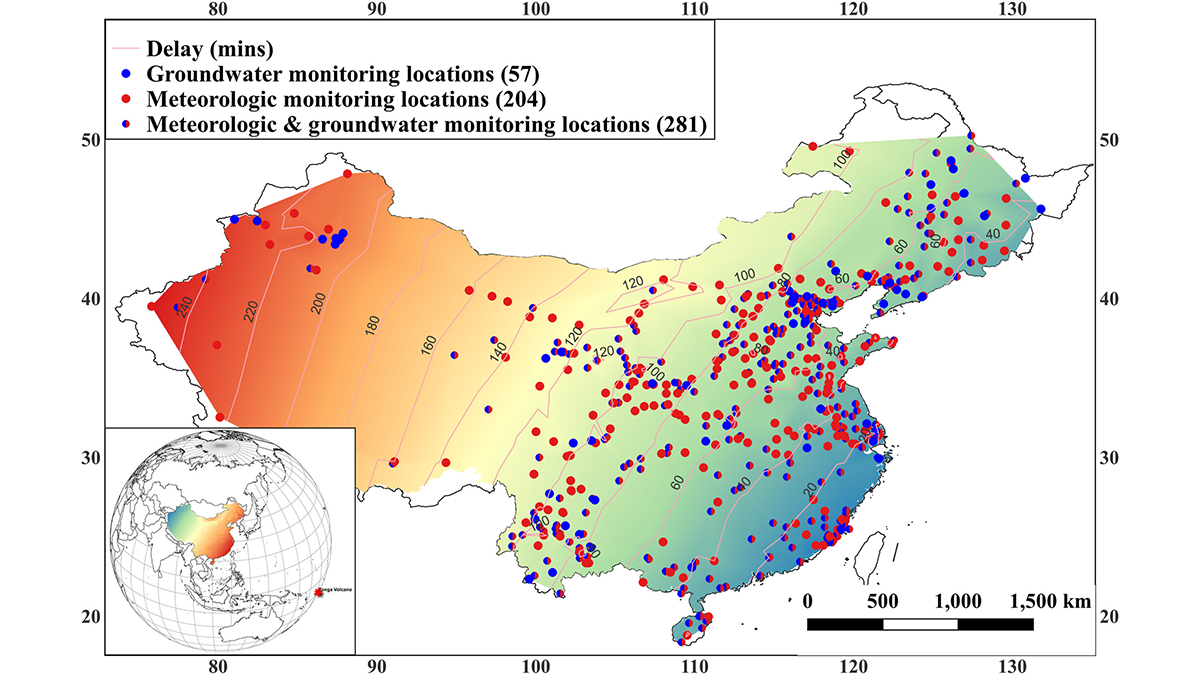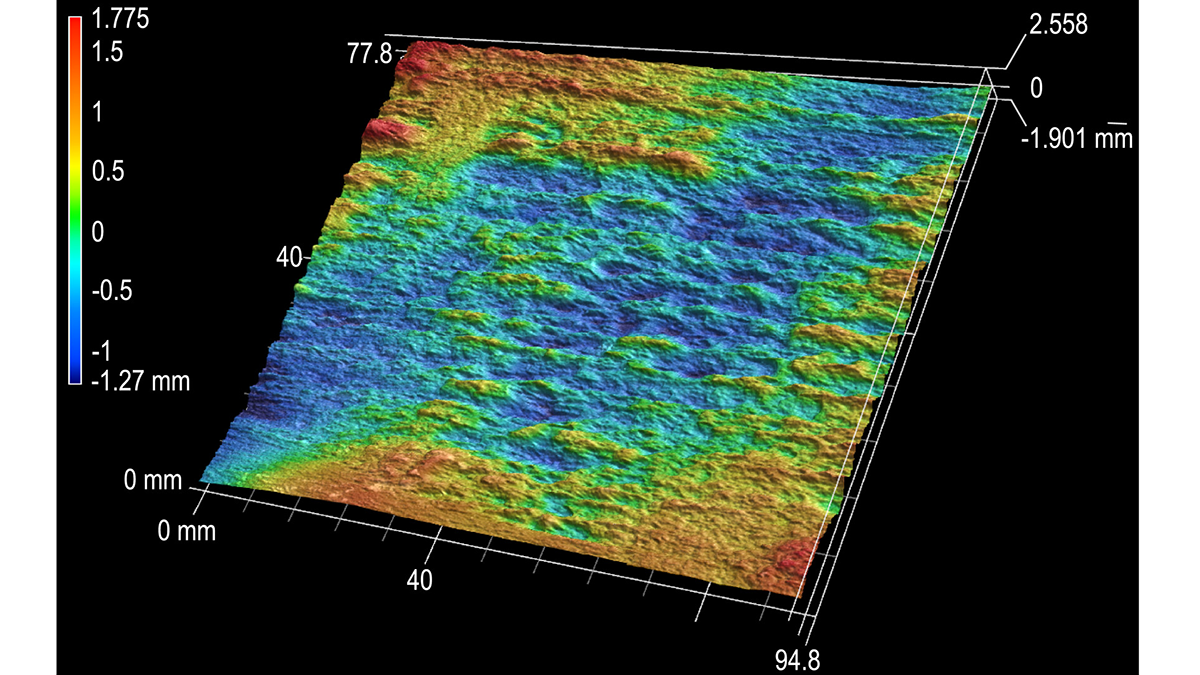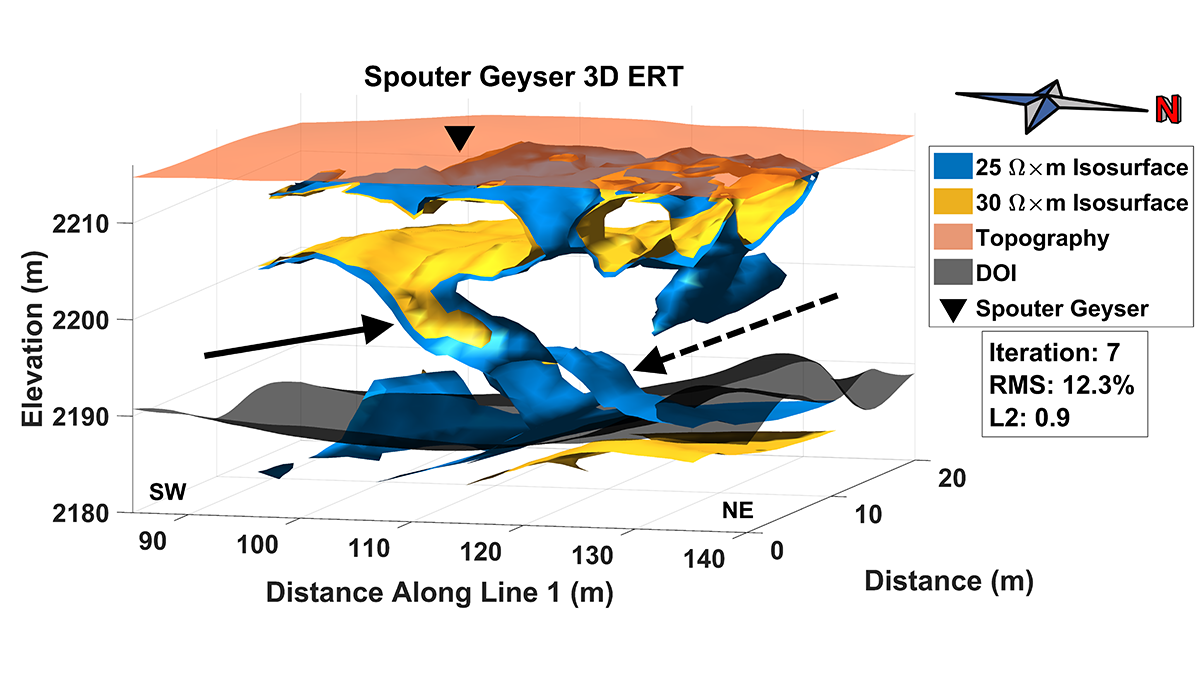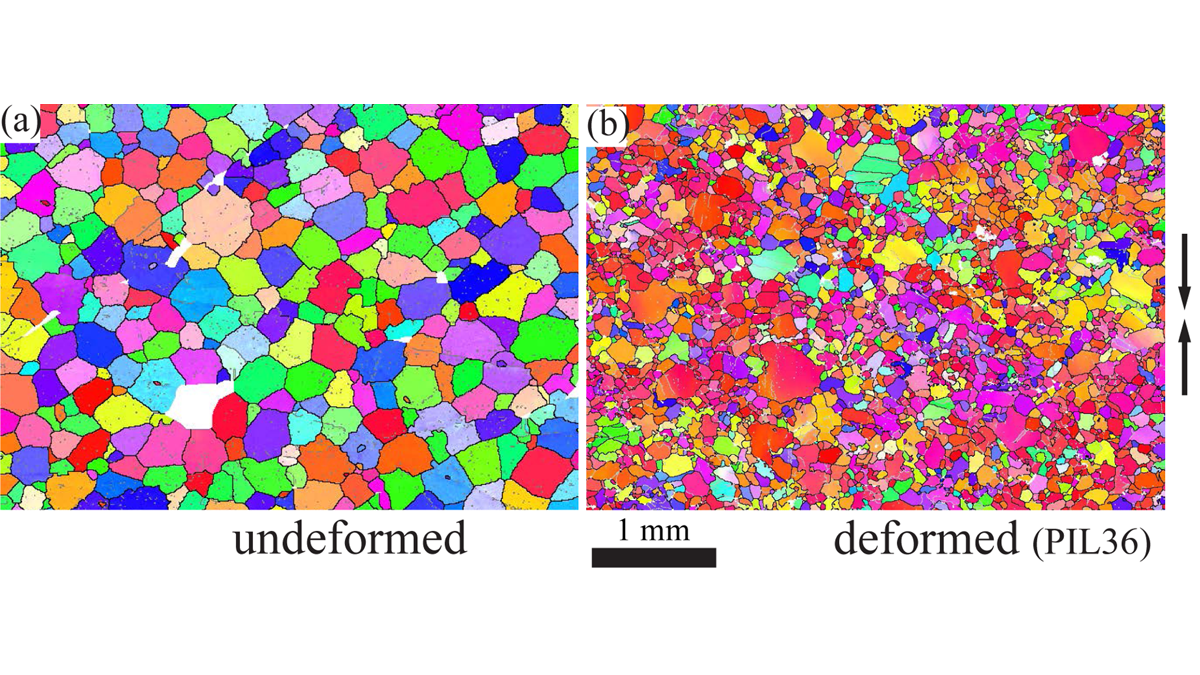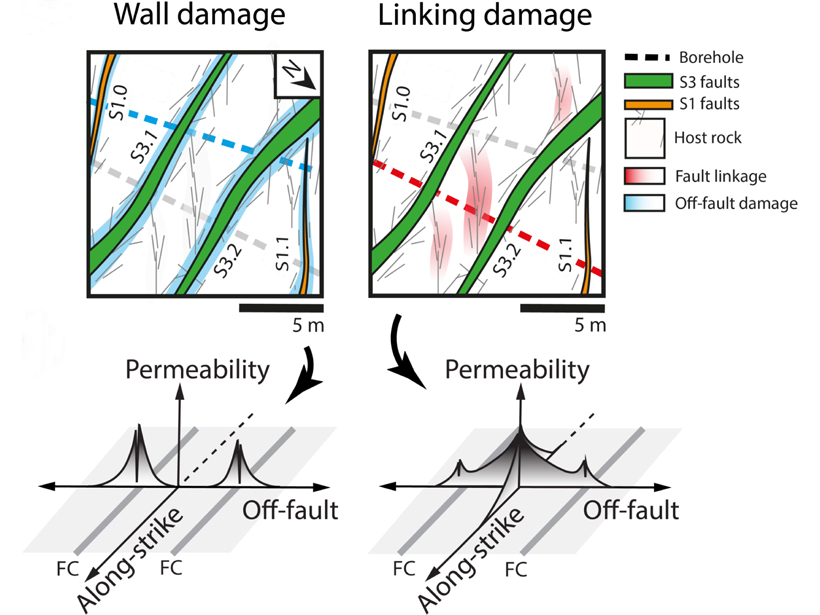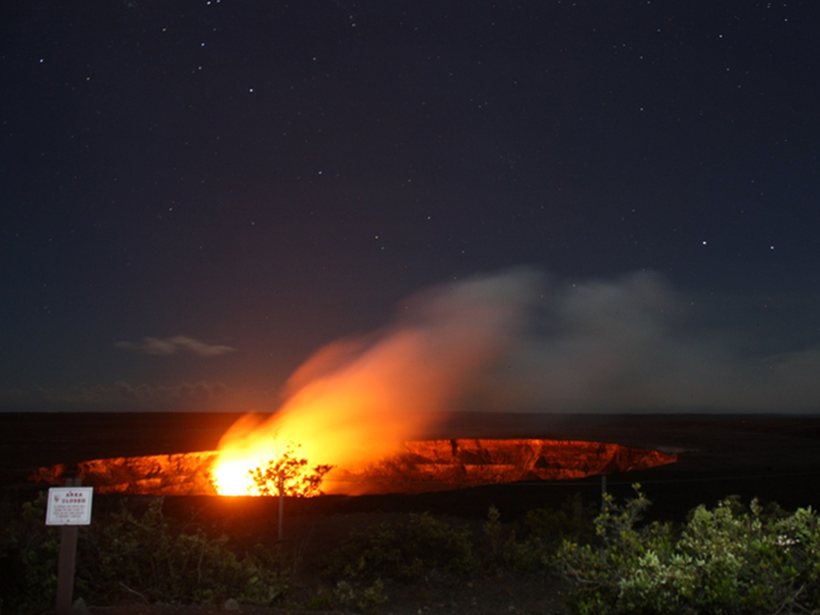A new study shows that ground water levels responded to forcing by barometric pressure pulses from the 2022 Hunga Tonga-Hunga Ha’apai Volcanic Eruption.
Douglas R. Schmitt
Editor, JGR: Solid Earth
Hydraulic Fractures Are Lazy
The layering of rock masses can help constrain and focus the growth of hydraulic fractures.
Yellowstone Geyser is Diagnosed with Bubble Trap Syndrome
Like humans who eat too many beans, Yellowstone’s Sprouter Geyser has recurrent issues with gas.
Ice on a Deadline: More Stress Makes Ice Move Faster
Anyone seeing photographs of glacier and ice sheets from above clearly sees that they flow; recent laboratory tests on ice further reveal the conditions that control just how fast this happens.
Fluctuating Fluid Flows in a Fractured Fault
Fault damage zones can focus fluid transport near faults.
Ultrahigh Speed Movies Catch Growing Earthquake Ruptures
Comparing successive frames from ultrahigh speed videos of propagating fractures allowed laboratory researchers for the first time to capture the fine details of of a propagating earthquake rupture.
Developments in the Study of Rock Physics
AGU/SEG Joint Workshop on Upper Crust Physics of Rocks; Hilo, Hawaii, 11–14 July 2016

